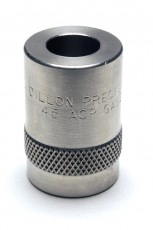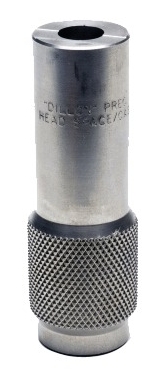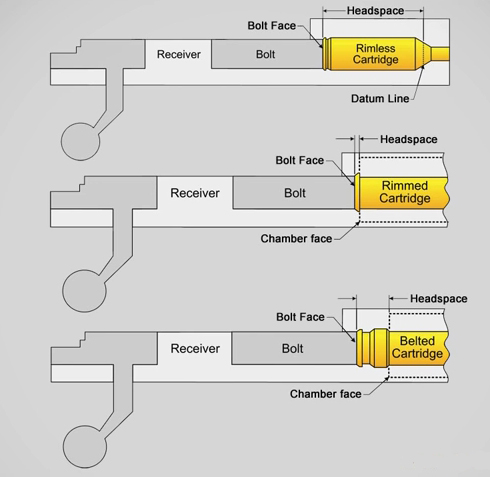Have a Question?
September 2017
You can subscribe to this Newsletter if you sign up for an account with Titan Reloading.
CLICK HEAR TO REGISTER AN ACCOUNT
CLICK HERE To browse an archive of past newsletters.

Our thoughts and prayers go out to all our friends on the gulf coast. This too will pass, one day at a time. I am so proud of the incredible resolve of you folks down there, and how together you all are helping each other without prejudice. As in the past you will also work at cleaning up and rebuilding together. Truly an inspiration and a first class example of the REAL American spirit. You are in our hearts.
We are truly enjoying all the friends we have made through Titan Reloading and look forward to many more. Feel free to contact us. When possible, please email us rather than call. Due to our limited phone system and staff we are able to respond to your questions quicker via email. Please include your full name or order ID number with any order inquiries. Service and Support is our top priority. As always, you will find many answers to questions in the “FAQ” and “Help Videos” areas of our website www.titanreloading.com . Check us out on Google + and Facebook .
Dennis / Titan Reloading
FEATURED PRODUCT:
DILLON CASE GAUGES


Dillon handgun case gauges allow you to check your handgun ammunition to ensure it will fit a minimum sized chamber. Made of stainless steel for long life.

Dillon Rifle headspace case gauges assist in proper size die adjustment and in checking cases for whether they need to be trimmed. Essential for long case life, especially with semi-automatic firearms! Made of stainless steel for long life.
INSIGHT OF THE MONTH:
Understanding Firearm Headspace
Headspace is one of the most critical measurements in your firearm. The definition of headspace: the distance from the face of the locked bolt to a datum line or shoulder in the chamber that arrests the forward movement of the cartridge. The term originated when all cartridges had protruding rims, so the measure was initially taken only at the head. Now it includes other spans.
For semi-auto pistol cartridges, it’s a ridge at the front of the chamber that the mouth of the case rests on. For a rimless bottleneck rifle cartridge, that point is where the shoulder of the case rests against the shoulder of the chamber. Rimmed cartridges like .38 Special and .45-70 are retained by the rim resting on the back of the chamber, just as belted magnum rifle cartridges “headspace” with the belt resting on a shoulder in the chamber.

When headspace is set correctly, there is a tiny bit of extra length in the chamber to accommodate the slight variations in cartridge length that occur in even the most rigorously manufactured commercial ammunition.
Why is headspace important?
When the primer ignites the powder in the cartridge, enormous pressure builds up rapidly and makes the case expand against the chamber walls to create a seal. This keeps the hot gases from escaping, except by pushing the bullet out of the case mouth and down the bore. At the same time, the base of the case also expands backward and presses against the bolt or the breech face.
Excessive headspace can lead to bulged cases or even outright failures – cracks, case head separation, and splitting of the case neck. It can also cause light primer strikes, failure to fire, primers popping out of the primer pocket, and of concern to reloaders, shortened case life. A catastrophic case failure can allow hot gas and even bits of brass to escape from the receiver and injure the shooter or bystanders.
Insufficient or excessively tight headspace can be just as dangerous. It can prevent the gun from going into battery, leading to a failure to fire or damage to the case caused by attempting to force the breech closed. Forcing the breech closed can jam the case neck too far forward, causing it to grasp the bullet too tightly, which delays the release of the bullet and leads to excessively high chamber pressures.

